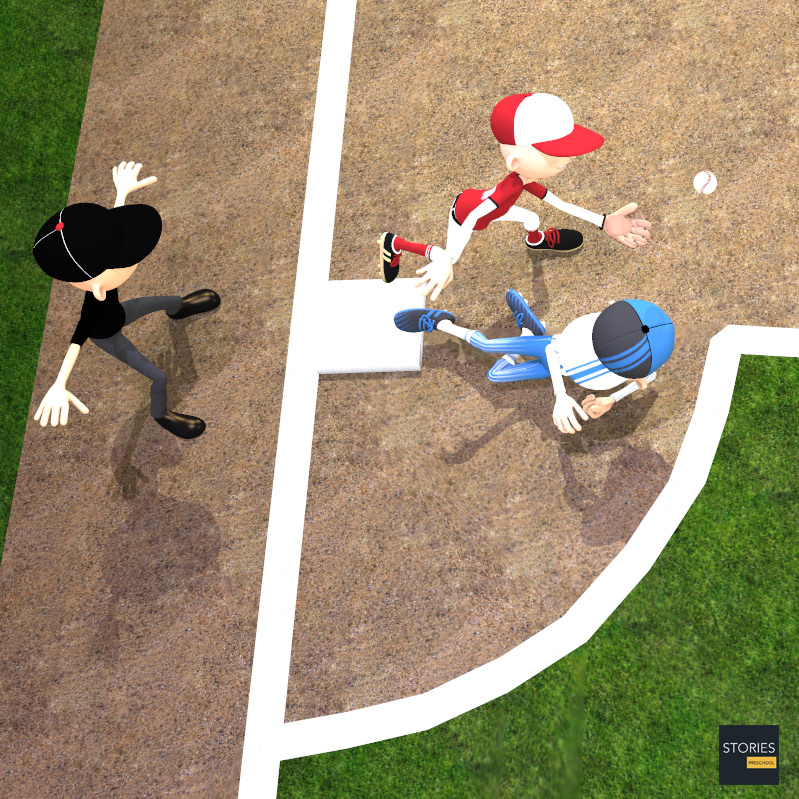Baseball

Baseball Scoring Position
In the sport of baseball, a baserunner is said to be in scoring position when he is on second or third base. The distinction between being on first base and second or third base is that a runner on first can usually only score if the batter hits an extra-base hit, while a runner on second or third can score on a single. This is also known as "ducks on the pond". Runners left in scoring position refers to the number of runners on second or third base at the end of an inning and is an inverse measure of a team's offensive efficiency.

Many of baseball's "small ball" or "one run" tactics center on attempts to move a runner on first base into scoring position. Such tactics were dominant in the 1890s and the dead-ball era, when extra-base hits were relatively rare.
Batting Average with Runners in Scoring Position
Batting average with runners in scoring position (abbreviated BA/RISP or BA/RSP) is a baseball statistic derived by dividing a players hits with runners in scoring positions by his at bats with runners in scoring position.
BA/RISP is often used as an indicator of clutch ability, as a hit with a runner on second base or third will likely score the runner and is thus considered a clutch situation. Recently, however, the statistic has been replaced with Win Probability Added, considered to be a better measure of clutch ability.
A variation to this statistic is called Batting Average with two outs and Runners in Scoring Position, which is also calculated by dividing a players' hits with runners on second or third by his at bats in this situation. A hit is more likely to score at least one or two runs-depending on the speed of the runner, the strength of the outfielder's arm, the number of runners in scoring position, etc.-because the runners will be going on contact—that is, they run once the batter hits the ball. But if the batter records an out, then the inning ends with those runners left on base.
SPORTS

RESOURCES
This article uses material from the Wikipedia articles "Baseball" and "Scoring position", which is released under the Creative Commons Attribution-Share-Alike License 3.0.
© Stories Preschool. All Rights Reserved.












